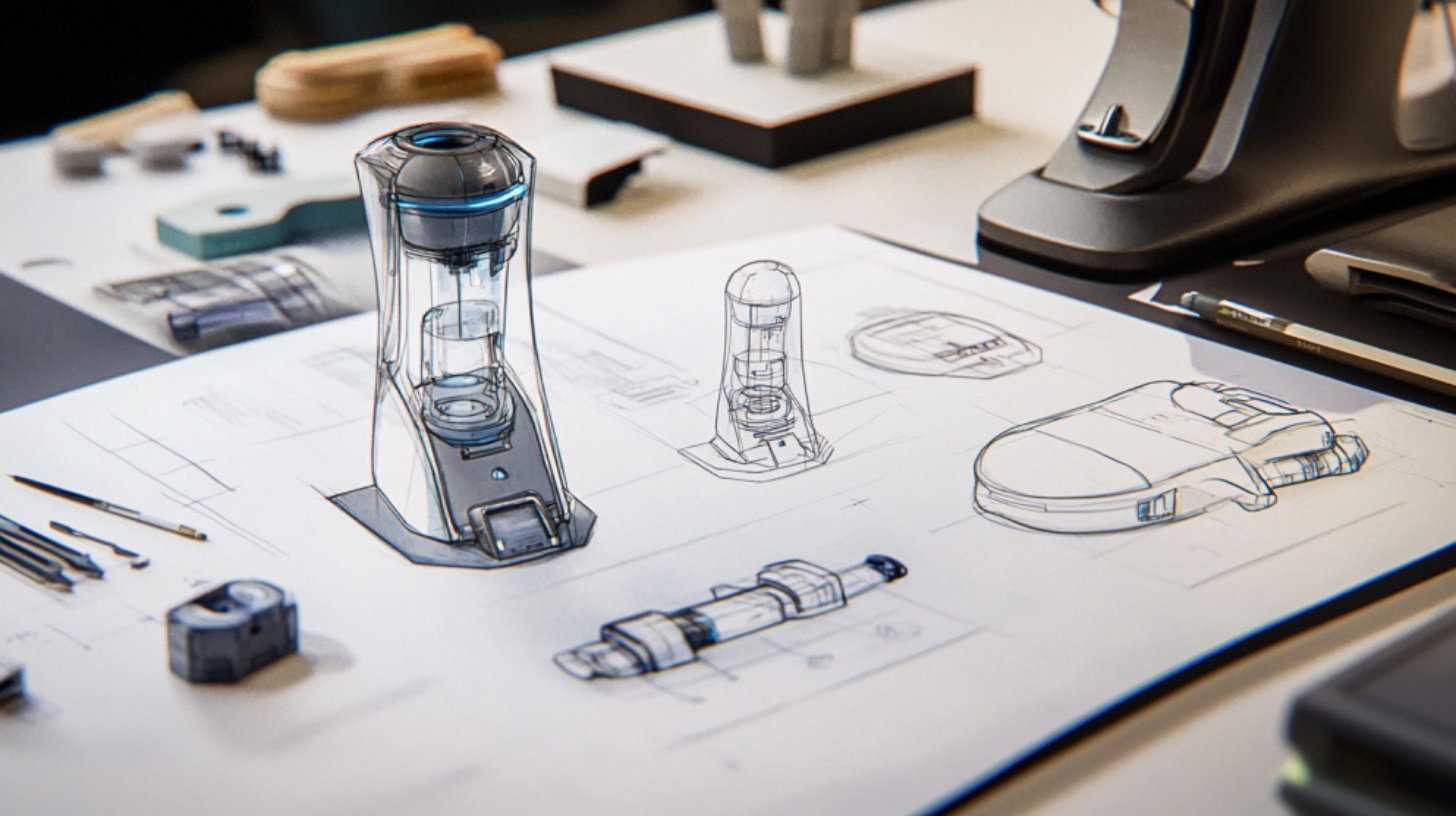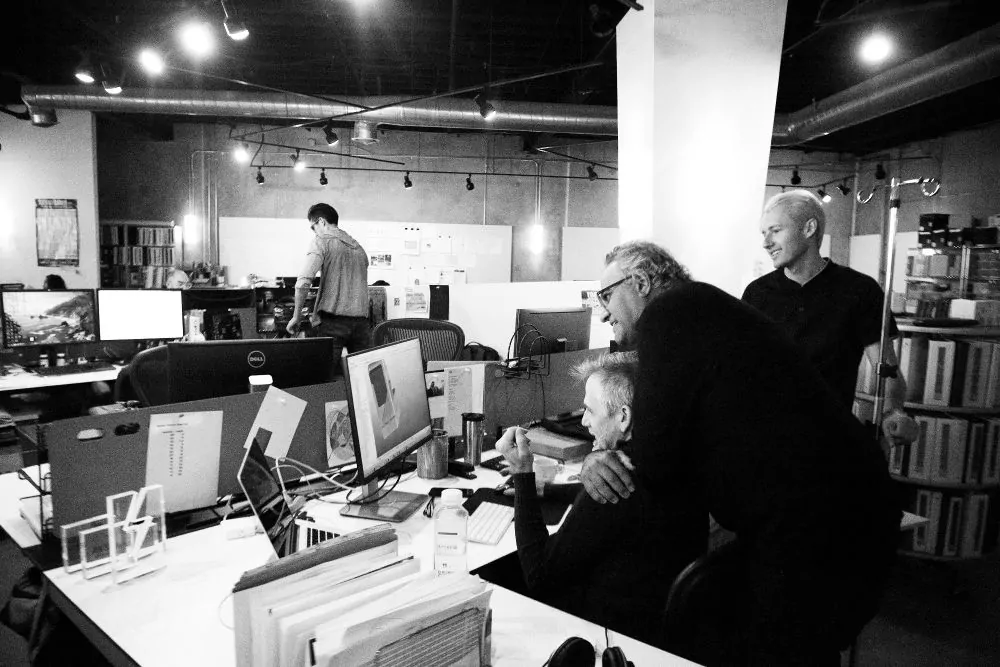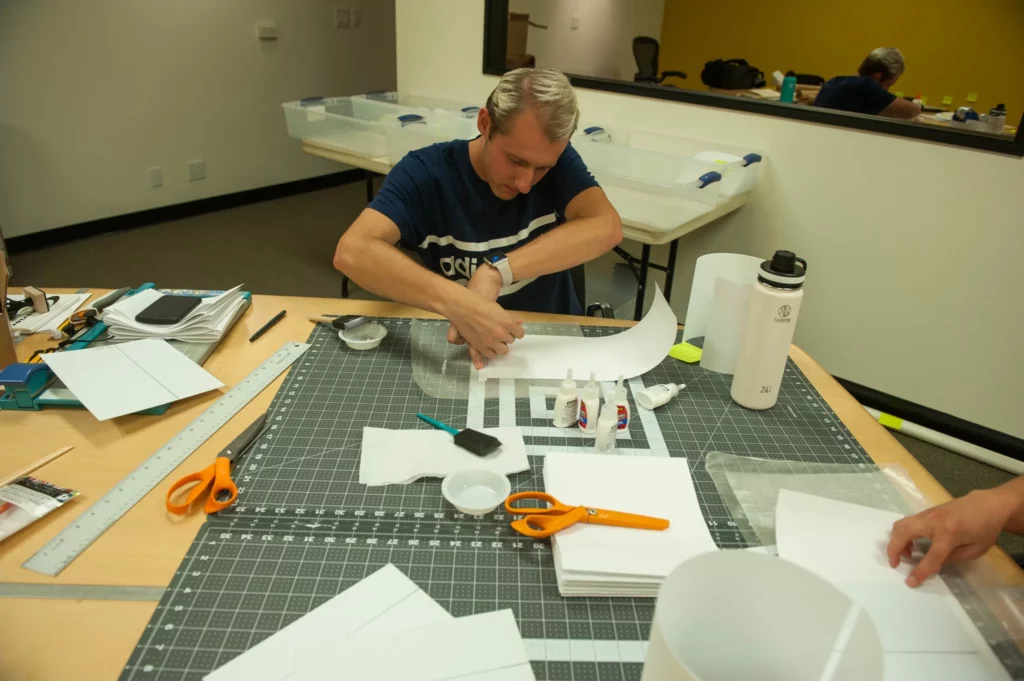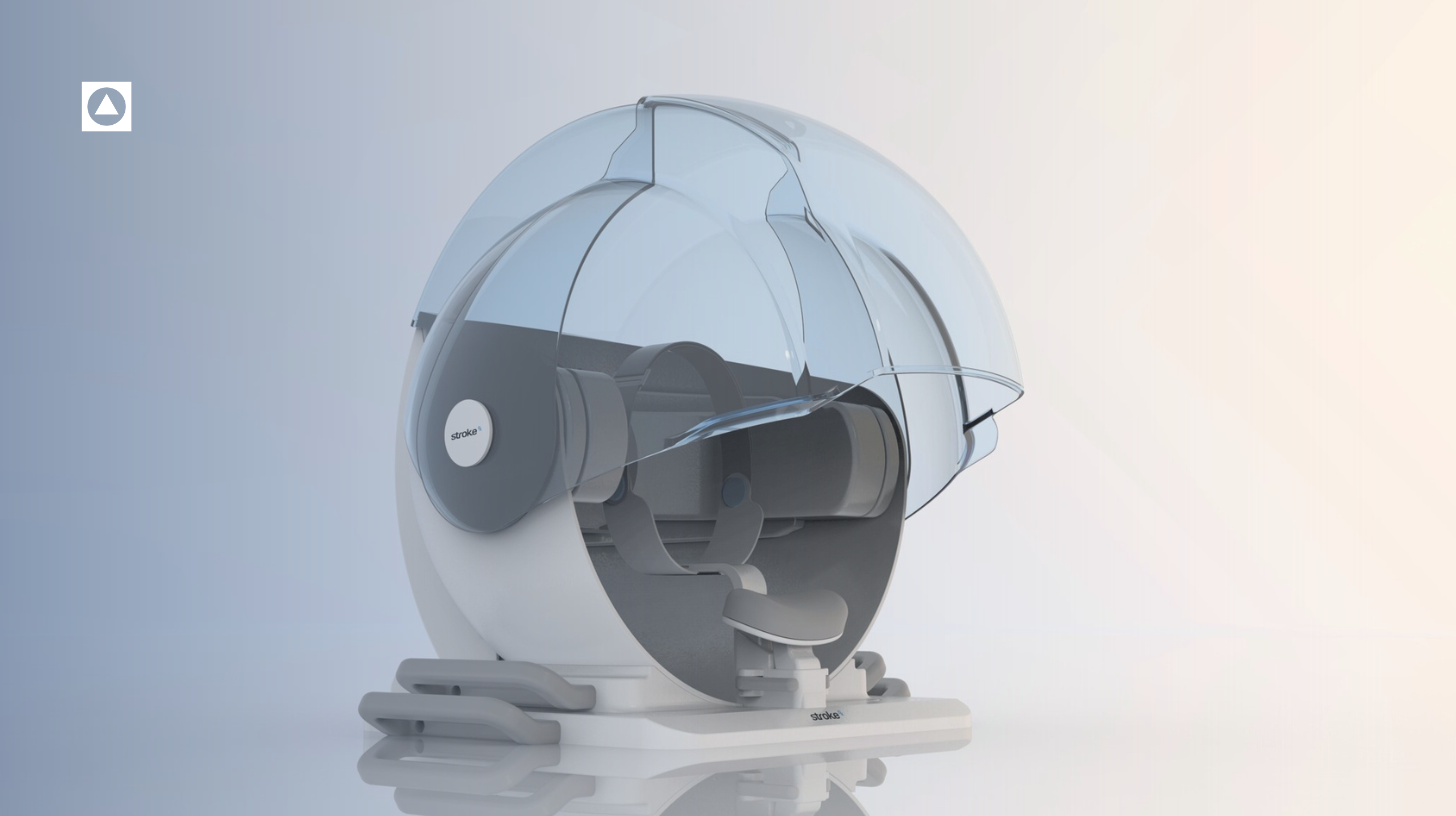“Measure twice, cut once.” Throughout my life as a fabricator and model maker, I’ve heard this proverb over and over. It has been around for hundreds of years in different forms from different cultures and applied to different trades. In the carpentry trade, it literally means ‘one should double-check one’s measurements for accuracy before cutting a piece of wood: otherwise it may be necessary to cut again, wasting time and material.’ In essence, though it means to plan and prepare thoroughly and carefully before taking action. For me, it means to take the time to do it right.
In the product design world, I have found this advice to be invaluable. Design projects are often deadline-driven and in many cases, the time allotted for a project is less than comfortable. As a result, it is tempting to take shortcuts or cut corners to try to meet the deadline. In the prototype shop, we are usually at the end of the design process and therefore the timeline. Models take time and energy to make and because they are physical and not digital, a mistake cannot be fixed with the undo command. I try to teach everyone I work within the prototype shop that it requires less time and effort to put in a little extra to do it right than to have to remake the part.
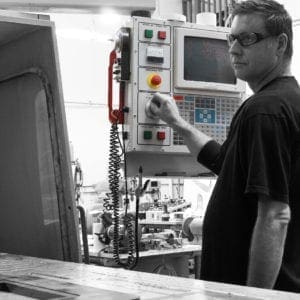
This proverb can be applied to other fields as well. The practices of double-checking, proofreading, and having others review your work may take a few extra minutes but will improve the quality of your work.
One of the policies at RKS Design is that no work goes out to the client without a proper internal review. This act of measuring twice allows us to make sure we are delivering quality work but also allows us to catch and fix any mistakes that have made it through. We check ourselves throughout the project as well with design and engineering reviews to get extra eyes on our work and check each other.
I can tell you that in my experience the practice of measure twice, cut once is applicable to many areas of our lives. Even with the amazing things technology can do, it still pays for you to check and double-check your work before you submit it.
– Ravi Sawhney
The saying “Measure twice, cut once” is a classic adage that has been passed down through the ages and is still relevant today. It is a reminder to take the time to double-check measurements and ensure accuracy before taking any irreversible actions. In the context of carpentry, it means that a carpenter should measure a piece of wood twice before cutting it to ensure that the cuts are accurate. However, the principle of “Measure twice, cut once” can be applied to many different fields, and it is a valuable lesson for anyone looking to improve their work quality and efficiency.
In any field, precision and accuracy are crucial. Double-checking measurements and being thorough in your approach can save time and resources in the long run. In manufacturing, for example, one small mistake in measurement can lead to costly errors and wasted materials. By taking the time to measure twice and ensure accuracy, manufacturers can avoid these mistakes and improve their bottom line.
In the digital world, the principle of “Measure twice, cut once” is also essential. In software development, for example, double-checking code and testing it thoroughly before deployment can save time and resources in the long run. In web development, double-checking design and layouts can lead to a more user-friendly and efficient website.
In conclusion, “Measure twice, cut once” is an important principle that can be applied to many different fields. Taking the time to double-check measurements and ensure accuracy can save time and resources in the long run and leads to improved work quality and efficiency. Whether you are a carpenter, manufacturer, software developer or web developer, “Measure twice, cut once” is a valuable lesson that can help you improve your work and achieve success.

